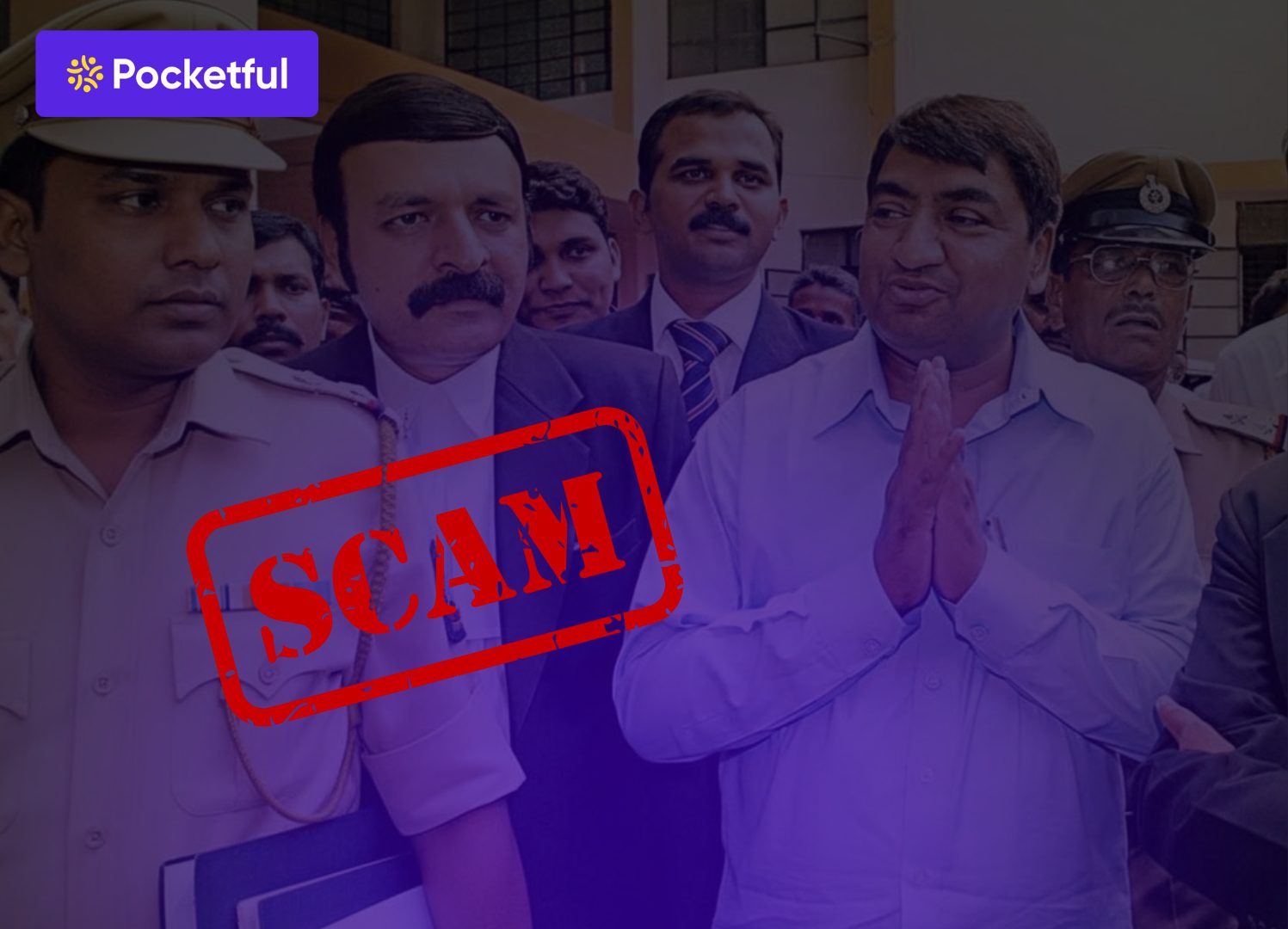Investing is not easy in today’s time. The market can go up or down anytime, interest rates can change and uncertainty always remains. In such an environment, the biggest question is where to invest money so that it remains safe and also gives good returns. This is where Barbell Strategy comes in handy. So what is Barbell Strategy? This is a method in which the investment is divided into two parts – most of the part in safe options and a smaller part in more risky, but big profit options. That is why in today’s changing times, its importance Barbell Strategy increases even more.
What is a Barbell Strategy?
A portfolio structure in which investments are divided into two very different types of assets: low-risk investments on one side and high-risk, high-return potential investments on the other. The middle segment, a moderate-risk segment, is deliberately left out. This approach differs from traditional diversification because it specifically ignores the “middle option”
Origin and Background
This strategy was popularized by Nassim Nicholas Taleb. He described it as a blend of “hyper-conservative and hyper-aggressive” investing. Its main purpose is to protect against Black Swan events, i.e., unexpected market events, and also to profit when they occur.
How Barbell Strategy Works?
The barbell strategy is just like a barbell with weights on both ends and an empty middle. The same approach is adopted in investing.
- Safe portion: Investments that are stable and low-risk, such as government bonds, FDs, cash or gold.
- Risky portion: Small startups, small-cap stocks, crypto or new technology sectors, which have the potential to get high returns.
- Middle portion: Medium-risk assets such as mutual funds or blue-chip stocks are not included in this strategy.
Example: Suppose your portfolio is of ₹10 lakh. In this, ₹8.5 lakh (85%) is in safe investments and ₹1.5 lakh (15%) in high-risk options. Due to no medium-risk investments, your portfolio is formed in a barbell-like structure.
Read Also: Options Trading Strategies
Types of Barbell Strategy
1. Conservative Barbell Strategy
In this, a large part of the portfolio remains in safe investments and a small part in high-risk investments.
Use: Investors who want safety but also want growth in a small portion.
2. Aggressive Barbell Strategy
Slightly less safe portion and more high-risk portion. Like 60–70% safe and 30–40% high-risk.
Use: Young or experienced investors who want higher returns in the long term and can take risks.
3. Hybrid Barbell Strategy
There is some flexibility in safe and risky parts. The risky part is divided into different high-risk options, like startup + crypto + small-cap shares.
Use: Investors who want more upside potential with diversification.
4. Time-Based Barbell Strategy
In this, the investment decision is taken on the basis of time. Investing in the high-risk part for the long term and focusing on the safe part for the near future.
Use: Investors who want both short-term stability and long-term growth.
Importance of Barbell Strategy
1. Risk Management
The biggest advantage of Barbell Strategy is effective risk management. In this, most of your money remains in safe instruments like government bonds or FDs, which keeps the principal capital safe. At the same time, having a small part in high-risk investments gives you a chance to get asymmetric returns.
2. Psychological Comfort
Investment is not just a game of mathematics but also of emotion and discipline. When a large part of the portfolio is in safe options, the investor does not panic even during market decline or volatility. This mental balance improves investment decisions.
3. Flexibility in Uncertain Times
In today’s era where inflation, changes in interest rates and geopolitical risks remain constant, Barbell Strategy gives flexibility. The safe part protects you from the decline and the risky part gives a chance to connect with big opportunities.
4. Popular among professional and retail investors
This strategy is not just limited to books. From big hedge funds to institutional investors to retail investors, it is adopted by everyone to control downside risk and take advantage of rare but big profits. Even common investors have started adopting it with combinations like FD + crypto or index funds + startups.
5. Right balance of safety and growth
The real meaning of the importance of Barbell Strategy is that it gives you the benefit of both worlds – safety as well as growth. That is, you have the possibility of getting good returns without taking excessive risk.
Read Also: Intraday Trading Strategies & Tips for Beginners
How to adopt the barbell strategy
- Understand your goals and risks first : First decide what you want from your investment and how much risk you can take. If you are young and investing for the long term, you can take a little more risk. On the other hand, people close to retirement will mostly focus on safe options.
- Decide the ratio of safe and risky parts : Divide the portfolio into two parts: a large part in safe investments and a small part in high-risk investments. Beginner investors can keep a ratio of 80/20 or 90/10, while experienced investors can go up to 70/30.
- Choose the right investment option : Government bonds, FDs, cash or gold are good options for the safe part. For the risky part, you can invest in startups, small-cap stocks, crypto or emerging sectors like AI, biotech.
- Start slowly : Start with small investments. This will reduce the fear of loss and with experience you can gradually increase the risk portion.
- Review and balance from time to time : Look at your portfolio at least once a year. See if the ratio of safe and risky parts is correct or not. Rebalance if needed.
Barbell vs. Other Investment Strategies
There are many types of strategies in the world of investment. Some investors adopt traditional diversification, some core-satellite approach, while the Barbell Strategy is considered a little different and more “extreme”.
| Strategy | How It Works | Advantages | Limitations |
|---|---|---|---|
| Traditional Diversification | Investment Spread across low, medium, high risk assets | Balanced, stable returns | Limited growth potential |
| Core-Satellite Approach | Core in safe/index funds, small part in risky bets | Mix of safety & growth | Doesn’t capture extreme opportunities |
| Barbell Strategy | Large portion in safe assets, small portion in high-risk assets | Capital protected + chance for big gains | Needs discipline; misses moderate returns |
Psychological & Behavioral Side of Barbell Strategy
- Moderate risk aversion : Often investors choose a path that is neither completely safe nor highly profitable. This is called moderate risk investing. In such a situation, investors are often dissatisfied and confused. The barbell strategy deliberately bypasses this path and focuses only on two ends, one safe and the other high risk.
- Mental balance and confidence : The barbell strategy matches well with our thoughts and emotions. The safe part gives mental peace to the investor and reduces panic when the market falls. On the other hand, the risky part gives excitement and the possibility of big profits. This means that the investor can take informed decisions without fear.
- Greed and decision control : When the high-risk part performs well, it feels like putting more money in it. This is natural, but doing so can unbalance the portfolio. Therefore, it is important that investors stick to their basic rules and do not take hasty decisions.
- Discipline and regular balancing : Discipline is very important to make this strategy successful. The investor should review his portfolio from time to time and maintain a balance between the safe and risky components. This ensures that no component is over or underweight.
- Practical benefits : The barbell strategy reduces several common investment mental mistakes:
- Loss Aversion: Having a safe component prevents investors from panicking in a downtrend.
- Disposition Effect: A clear division of safe and risky components makes decisions logical.
Read Also: Top Algorithmic Trading Strategies
Risks and Limitations of Barbell Strategy
- Missing out on medium-risk investments : The barbell strategy deliberately leaves out moderate-risk assets such as blue-chip stocks or balanced mutual funds. This means that these safe and stable growth options are not available.
- Overconfidence in risky investments : When a small portion is invested in high-risk assets, many times investors become overconfident in them. This overconfidence can lead to losses.
- Low returns on safe portion : Safe assets such as government bonds or FDs can give very low returns during inflation. This means that the purchasing power of your money can decrease.
- Risk of improper allocation : If too much is invested in the risky portion, the portfolio becomes unbalanced and the chances of big losses increase.
- Need for patience and long-term planning : The barbell strategy does not give immediate benefits. Patience, discipline and long-term thinking are necessary to implement it correctly.
Conclusion
The barbell strategy is an investment strategy that gives a balanced mix of safe and risky components. In this, your major money remains in safe places and a small part goes into investments that have a chance of high returns. With the right planning and a little patience, this strategy helps you protect yourself from market uncertainties and also take advantage of big opportunities.
Frequently Asked Questions (FAQs)
What is a Barbell Strategy?
It is an investment strategy in which your money is divided into two parts—a large part in safe investments and a small part in high-risk, high-reward investments.
Who should use the Barbell Strategy?
It is suitable for investors who want safety but also want to take a chance at big profits in a smaller portion.
Is Barbell Strategy risky?
Only a small part of the entire portfolio is high-risk, so the overall risk is low.
How to decide the split between safe and risky assets?
Decide the ratio based on the investor’s age, experience and risk tolerance, such as 80/20 or 70/30.
Can beginners follow this strategy?
Yes, beginners can also easily adopt it by starting with small investments and gradually increasing experience.










